Redesigning the bereavement service for a local government body…

Redesigning the bereavement service for a local government body in the UK
We cannot predict when we might lose a loved one under unfortunate circumstances. Many people would feel unsure of what to do at that point in time. Aside from experiencing emotional grief, family members of the deceased have the additional responsibility of settling matters such as arranging burial, closing or transferring ownership of properties, bank accounts, and other services such as cancelling passport or driver’s license.
The challenge
As a result, there is a complex process involved in bereavement service(post-death settlements) in the UK, involving both government and private providers. When determining what needs to be done, one has to undergo a lengthy process of searching for information on where the deceased's will can be found; contacting legal services in order to access the deceased's accounts; reviewing information that can be wordy, unclear, and fragmented; and calling service providers in order to clarify vague or unavailable administrative processes.

The key services provided by the local council to citizens as part of bereavement and loss
Aside from the sheer number of tasks that are involved, family members generally have no guidance or reference point when it comes to estimating how long these processes will typically take or how to plan appropriately. It would be even more difficult for them to do this while coping with their own grief, and with the sensitive nature of discussing financial matters with family members after losing a loved one.Therefore, the challenge was to redesign an efficient and seamless bereavement service for citizens in the city of Birmingham, which would ultimately provide guidance and assurance during times of critical needs.
The goal
Review the existing bereavement service to capture and understand the “As Is”, identifying pain points for staff and citizens. Construct a “to be” model service, surfacing opportunities to improve the staff and customer experience across all channels of contact.
The process
We began the process with desk research and conversations with council staff as we wanted to understand what areas in the bereavement support service citizens are experiencing the greatest level of difficulty.
In reviewing the complaints data and interviewing council staff, it became clear that not only citizens, but also council staff were having difficulty arranging funeral service as part of the bereavement support service provided by the council.
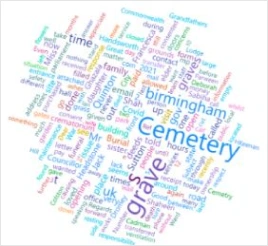
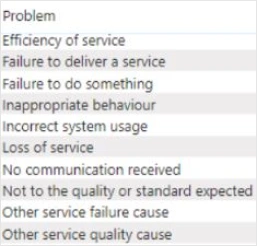
Data analysed from complaints data received by the council
It is generally the Executor's (the person who the deceased nominated, usually in their will, to carry out their last wishes) responsibility to arrange a funeral for the deceased or the deceased's nearest surviving relative (their next of kin).
There are 3 things that the Executor needs to do in the first few days after someone dies:
1. Have a medical certificate of cause of death (MCCD) issued by the deceased’s GP or a hospital doctor.
2. Contact the Register Office to make an appointment to register the death within 5 days; the Registrar will issue the documents required for the funeral.
3. Arrange the funeral by appointing a funeral director for help.
In addition, an initial workshop was conducted with the council staff to gain a better understanding of the current bereavement process. The workshop assisted in developing the as-is service blueprint that gave us a zoomed-out view of all things needed to come together before starting to improve parts of the service and helped identify gaps in the current process.

v1 of As-is bereavement service blueprint created during workshop with council staff
In order to gain an understanding of the problem area further, I along with my team members conducted in-depth interviews with executors, funeral directors, and council staff. Our next step was to gather the information that we had consolidated so far and develop insights through affinity mapping. We were able to identify patterns quickly as a result of this efficient method of grouping and organizing information from our desk research and interviews.
Journey maps were also created to visualize the experiences of individual stakeholders (executor, funeral director, and council staff) during different stages of the bereavement process. By taking this approach, we gained a deeper understanding of how stakeholders interact and feel at different touchpoints, as well as what obstacles they face.
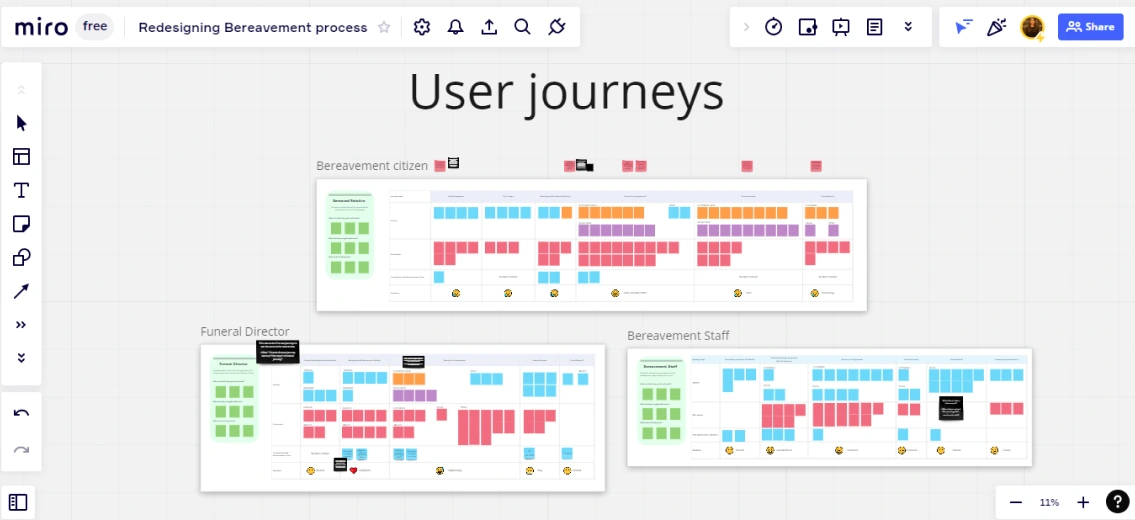
Journey mapped for key stakeholders involved - Bereaved citizen, Council staff, and Funeral Director

Based on the insights gained during the interviews with key stakeholders, we updated the As-Is blueprint for bereavement services by putting together the missing pieces and identifying gaps/inefficiencies in different stages of the process.
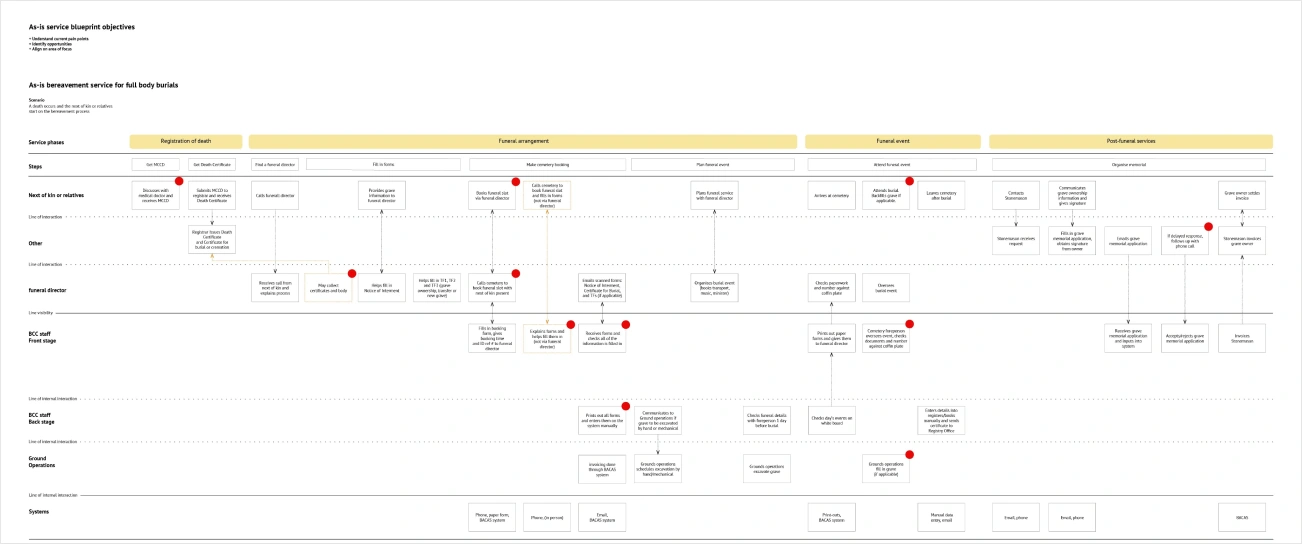
v2 of As-is bereavement service blueprint
A Future Blueprinting co-design workshop was conducted with the council staff. The objective of Future Blueprinting workshop method was to turn problems into solutions using a series of techniques for rapid idea generation and decision making.
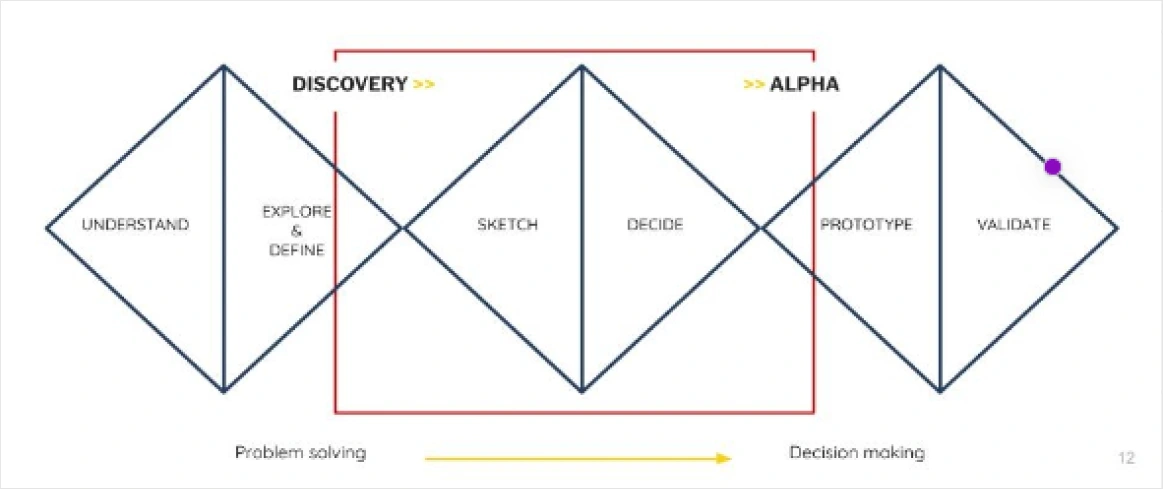
As part of the workshop, I facilitated a Yes, And warm-up exercise in order to help the participants expand their thinking and imagination. Following this exercise, another team member facilitated another activity in which participants were asked to imagine themselves in the year 2025 and create a headline story for a newspaper.
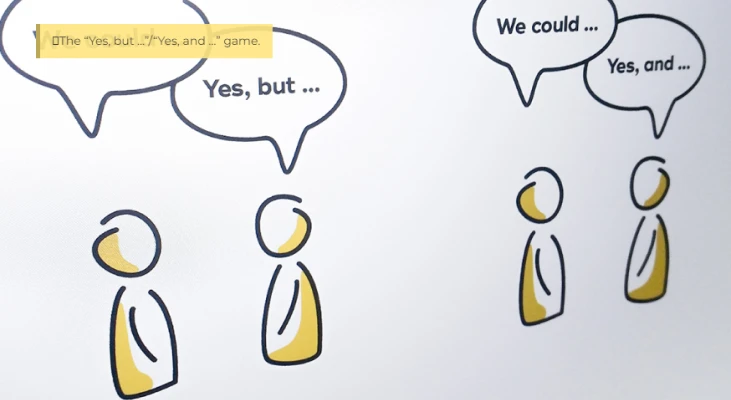
Participants were then asked to generate as many HMW post-its as possible associated with the pain points identified in the As-is bereavement service blueprint.
Pain points (red post-its) identified in the As-is bereavement service blueprint
Based on the How Might We statements associated with the pain points, we categorized them into a number of themes such as Pricing, Clear processes, Accessibility, training, etc.
In order to prioritise HMWs, we allocated a T-shirt size (S,M,L,XL) based on our Minimum Viable Service (deliver the smallest amount of functionality that will give you the largest amount of user feedback).
After the co-design workshop session, all the insights gained provided the basis for the To-be service blueprint that addressed the key pain points of the stakeholders and kept their goals and needs in mind.
To-be bereavement service blueprint
Outcome
The following solutions were proposed to the client:
Next steps
In the next phase of the project, the solutions proposed in the To-be bereavement service blueprint will be prototyped and tested.
Conclusion and Key learnings
This project served as an eye-opening experience which opened up conversations about death and grieving. Being able to talk to individuals and hear their challenges was the most rewarding part of this project, especially considering that it is traditionally seen as taboo and sensitive.
My key learnings from this experience:
1. Interviewing users on sensitive topic: It is important to take a thoughtful, considered approach to how you talk to users to avoid creating additional anxiety or trauma. Running test interviews before your official interview is a good idea when dealing with sensitive topics since it allows you to identify any potential issues, such as questions that might be insensitive, need to be worded differently, or where there are transitions that are too abrupt.
2. Visualise things early helps you to see patterns: Mapping the current journey on an as-is blueprint helps you understand how different stakeholders interact with each other and help you identify current gaps. By doing this, you can prioritize what needs to be researched next.
3. Keep the energy up: How well you get information from stakeholders depends heavily on their energy level during a workshop. It is important to ease the group into the session by introducing a suitable warm-up activity, allowing everyone to speak, and moving the group around.
Read the next case study

Rewire Neuro
Client Project: Redesigning the website for a biotechnology startup
Skills Focus: UX Research, UX Design
Like this project
Posted Sep 22, 2023
Reviewed current bereavement service, identified pain points, and designed improved "to be" model for better staff and customer experience.
Likes
0
Views
8



